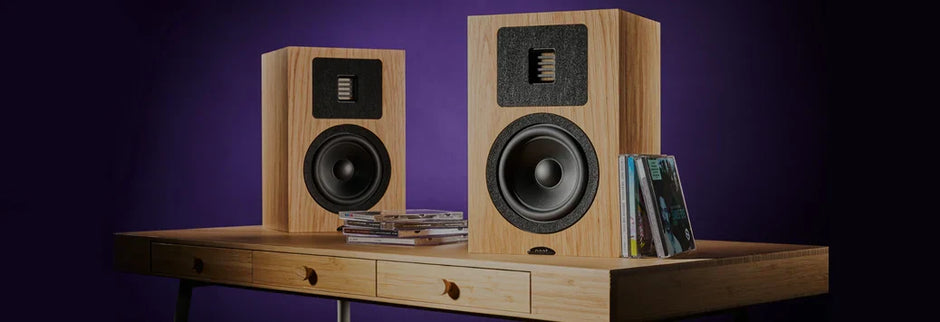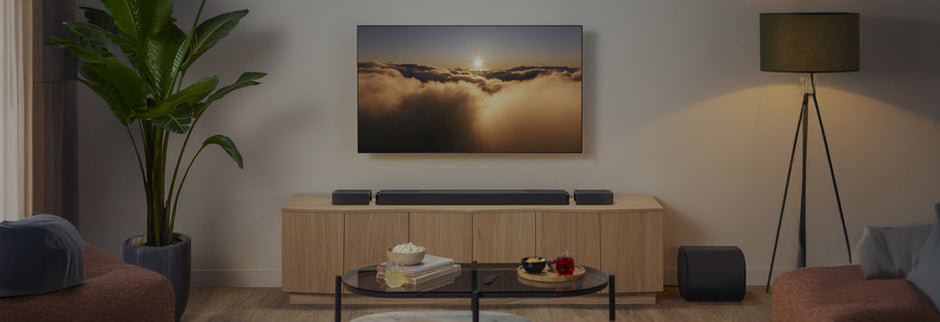
An AV Receiver is the central hub of any home theatre system. An AVR controls and drives your entertainment experience, and that’s why it functions as the brain and heart of a high-performance home theatre system.
Whether it is setting up an easy connection, selecting playback devices, or connecting the multiple devices into one unit — an AV receiver can improve the sound in your room manifold and bring an immersive quality to your aural experience.
How to choose the best AVR?
There are many options from budget-models to top-of-the-line audiophile brands to consider, and that’s why it can cause serious headspin when you’re trying to decide which one to buy.
But at the heart of the matter is the question — do expensive AV Receivers actually sound much better than cheap ones? If we are measuring by absolute performance, then the answer is a resounding “yes!”
But what if even as an “audioholic”, you get zoned out with all the technical gobbledygook, while trying to choosing the right AVR?
Don’t beat yourself up!
It’s really easy for anyone to get confused with all the jargon or fluff in the fascinating world of consumer audio, and that’s why it’s best not to get blinded by the absolutes. There has to be a way to make an informed decision, minus the headache!
So, to back the popular marketing claim “you get what you pay for” in the world of AV, where there are so many home theater receivers to choose from, a few basics can help you escape the trap of “too many choices, too little time.”
Components of an AVR:

It would be a good start to take a deep-dive into the performance-to-price equation by breaking down the AVR into its individual components and then look at how each component is enhanced/upgraded as we climb higher on the budget ladder.
1. Chassis
The most visible thing is the main body of the AVR. As we go higher in price point the design is improved and it is definitely high on aesthetic value. More durable materials are used to reduce external vibrations. Heat sinks are also added to cater to ventilation and temperature control.
2. Wired Inputs
The more input options you require from the AVR — in terms of RCA, HDMI, USB, Balanced XLRs, Optical, Headphone jack, etc.— the more you will need to spend.
3. Wireless Inputs
With higher-end systems, you get more wireless options like Bluetooth aptX, Airplay, High-resolution audio, wireless surround, and subwoofer support, voice control from Google or Alexa, and much more.
4. Transformer
This is basically the power supply in the AVR. As we go higher in the models we get more number of transformers which are not only more powerful but also much cleaner with lower distortion levels.
5. Capacitors and resistors
These are the components used on the IC board to configure the sound quality. When you spend more you get much better and more numbers of high-quality capacitors and visitors in your AVR.
6. Digital to analog conversion
Your digital connections like Bluetooth, HDMI, Wifi, and more need to be converted to 1s and 0s (analog) that the AVR understands. This is a crucial process which highly reflects the actual output. As you climb up the budget ladder, you get a much better DAC chip in the AVR.
7. Analog to Analog Line conversion
Your CD player or vinyl player or any device giving an analog out has to be converted to analog line-level output by the AVR before being sent to speakers. As we spend more this section has a better chipset and a dedicated power supply.
8. DSP Section
This component decodes the surround sound formats. The higher one pays, the greater the number of formats this decoder will support.
9. Output Section
The top-end models have individual channel outs for connecting the AVR to a dedicated power amp, which gives the speaker greater but cleaner driving power.
10. Speaker output section and number of channels
As we move beyond the budget-models, we also get more speaker channel support which makes the experience much more immersive.
11. Calibration options
High-end models are bundled with professional-grade calibration software and tools like Auddsey 32 or Dirac. The original equipment manufacturers (OEMs) also put more tweaking options to help you get the most out of your system in high-end AV receiver sounds.
Conclusion
For all the above reasons, we believe an expensive AV receiver sounds better than cheaper ones.
Hopefully, this quick buying guide will help you cut to the chase, make it through the minefield of options, and select the AV receiver with or without re-calibrating your budget bracket.
Having said that, it would be a good idea to sift through the options by doing your research on credible platforms that offer best in class products, reading Google reviews, testimonials, or better still, asking for a demo to see if the gear matches your expectations, and outperforms the price.
For more information on AV Receivers as per your budget, contact Ooberpad at 022-3080-8050, or at support@ooberpad.com







